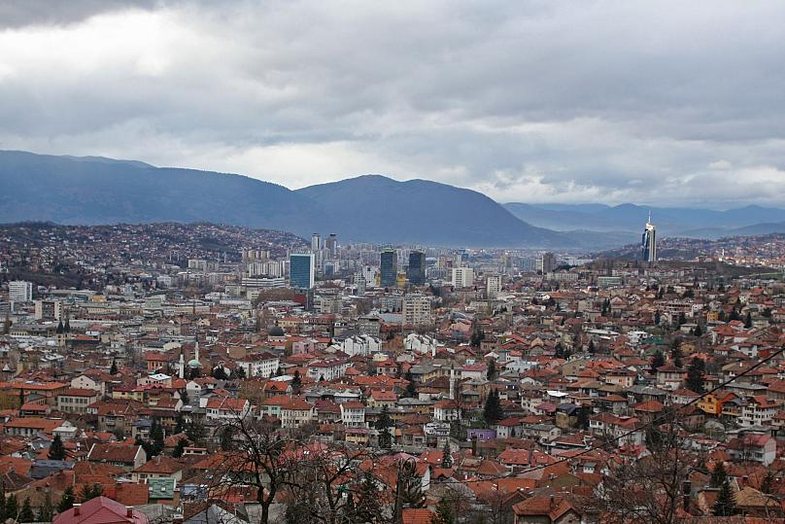
Pollutants in the environment and in the workplace, as well as some natural hazards, have a major impact on our health and in some cases lead to cancer, according to a report by the European Environment Agency (AEM) entitled "Defeating Cancer - The Role of Europe's environment. "
For the first time, AEM researched the links between cancer and the environment, reviewing the latest scientific evidence on air pollution, radon, ultraviolet radiation, second-hand smoke and chemicals. The report estimates that environmental and workplace risks lie behind about 10% of cancer cases in Europe.
Environmental risks
Air pollution is associated with about 1% of all cancer cases in Europe and causes about 2% of all cancer deaths. For lung cancer alone, it rises to 9% of deaths. Recent studies have found links between long-term exposure to particulate matter, a key air pollutant, and leukemia in adults and children.
Radon and ultraviolet radiation contribute significantly to cancer in Europe. Radon exposure is associated with up to 2% of all cancer cases and one in ten cases of lung cancer in Europe. Natural ultraviolet radiation can be responsible for up to 4% of all cancer cases. In particular, cases of melanoma, a serious form of skin cancer, have increased across Europe in recent decades.
Exposure to second-hand smoke (environmental tobacco smoke) can increase the overall risk for all cancers by up to 16% in people who have never been a smoker themselves. About 31% of Europeans are exposed to secondhand smoke at home, at work, in their spare time, in educational institutions or in public places.
Some chemicals used in the workplace and released into the environment are carcinogenic and contribute to causing cancer. Furthermore, some of these chemicals are known or suspected to cause cancer in many organs, including lead, arsenic, chromium, cadmium, acrylamide, pesticides, bisphenol A, and per- and polyfluorinated alkyl substances (PFAS).
All forms of asbestos are carcinogenic, associated with mesothelioma and lung cancer, as well as laryngeal and ovarian cancer. Although the EU banned asbestos in 2005, it remains present in buildings and infrastructure leading to worker exposure.
The Zero Pollution Action Plan , prepared by the EU, is set to be reached by 2050 - aiming at air, water and soil pollution. The three main goals include improving air quality to reduce the number of premature deaths caused, improving water quality by reducing waste, plastic waste at sea and microplastics in the environment, and land improvement by reducing nutrient losses and utilization. of chemical pesticides.





